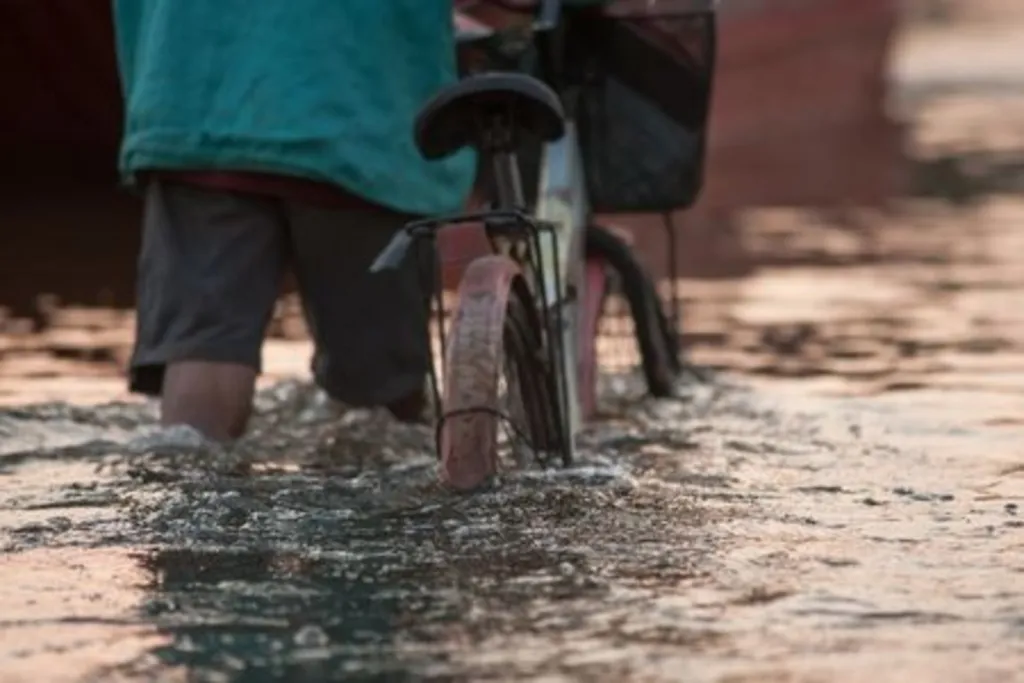Thailand is facing an increasingly complex water crisis. By 2025, nearly 9.5 million rai of land could be flooded, causing an estimated THB 23.6 billion in damage — equal to a 0.13% hit to national GDP. Of this, around THB 19.9 billion would come from agricultural losses, showing how the country’s food systems are deeply tied to its water security.
At the same time, water scarcity has become a chronic issue. More than half of Thailand’s provinces — 43 in total — have faced drought and water shortages in recent years. This dual threat of floods and droughts is creating a volatile situation for both rural and industrial regions.
 Bangkok’s Growing Vulnerability
Bangkok’s Growing Vulnerability
Bangkok, which generates over 30% of Thailand’s GDP, stands at the center of this water crisis risk. Reduced rainfall, driven by changing monsoon and tropical cyclone patterns, has made the capital increasingly vulnerable to both shortages and flash flooding.
Seasonal forecasts for 2025 suggest erratic rainfall and intensified storm activity. This creates a dangerous cycle: when it rains, the city floods; when it doesn’t, water supplies run low. With its rising population and expanding industries, Bangkok’s demand for water is outpacing what reservoirs and pipelines can deliver.
The problem is not only environmental — it’s economic. Disruptions to Bangkok’s water supply could paralyze key sectors such as manufacturing, logistics, and construction, all of which depend heavily on stable water access.
Industrial and Agricultural Strain
Thailand’s Central region, home to major dams and water retention systems, is under pressure from rapid urban growth and industrial expansion. Factories producing electronics, automotive parts, and food products compete with farms for limited water resources.
A failure in water management could trigger significant losses across both agriculture and manufacturing. For farmers, recurring floods destroy crops and soil fertility, while droughts limit irrigation and yield. For manufacturers, unstable water supplies mean production delays, increased costs, and potential export setbacks.
If not addressed, these compounding pressures could weaken Thailand’s competitiveness in regional supply chains and threaten national food security.
Balancing Growth and Sustainability
The Thailand Water Crisis Risk highlights a delicate balancing act between economic growth and environmental sustainability. While the government continues to invest in dams, flood barriers, and irrigation systems, long-term resilience requires integrated water management — combining infrastructure with technology and policy reforms.
Adaptation measures such as urban water recycling, improved drainage systems, and precision irrigation in agriculture can help mitigate risks. Yet, without coordinated planning across sectors, even the best infrastructure could fall short against climate-driven extremes.
In essence, Thailand’s future growth depends on its ability to manage both too much and too little water — ensuring that its cities, industries, and farms can thrive despite growing climate uncertainty.
Read also: Scams and Fear: Thailand Tourism Safety Concerns Shake Market Trust








